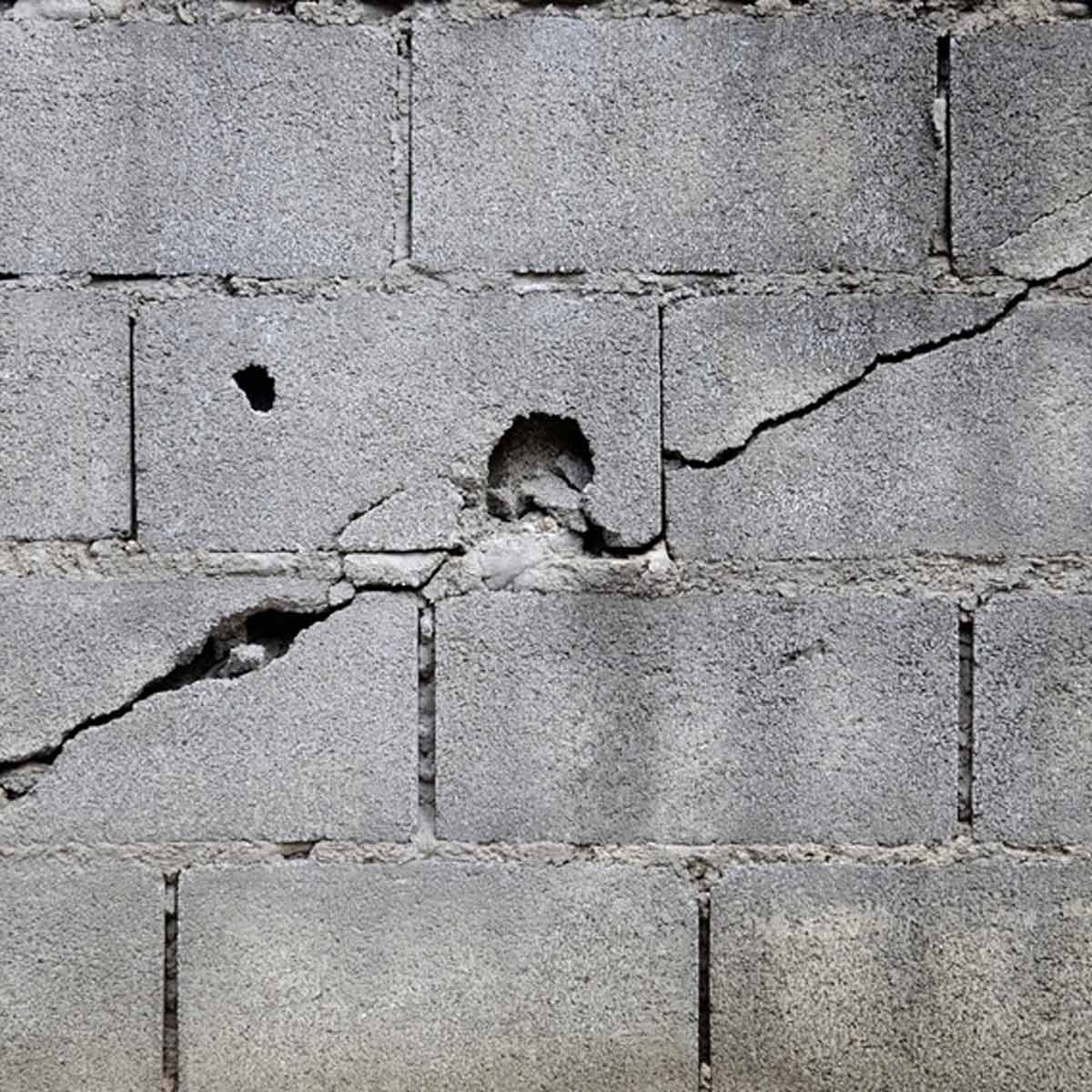A home's foundation will crack over time. Knowing the difference between which cracks are OK and which need to be addressed can save your house and your bank account!

Foundation Cracks: What You Need to Know

When you notice cracks along your foundation, it’s unsettling. But before you panic, know what those cracks mean and what’s causing them. They could be normal and nothing to worry about, or they could point to potentially serious problems.
On This Page
How Common Are Foundation Cracks?
Most foundation cracks are common in new and old homes. In fact, you might start seeing cracks in a newly constructed home’s foundation in as little as a year. The good news is the small cracks can be successfully patched. However, you should know about the different types of cracks, what causes them and when they need to be addressed.
What Are the Different Types of Cracks and What Causes Them?
Vertical cracks
These are the most common foundation cracks and are not a real structural concern. Vertical cracks run up and down and are typically caused by normal house settlement and compression and tension on the concrete. New homes can start seeing vertical cracks after just a couple of years.
Horizontal cracks
Horizontal cracks are more common in cement block and brick foundations and can point to a serious problem. Horizontal cracks go from wall to wall and are caused when water pressure and unbalanced soil put strain on the foundation walls. These cracks often happen during a season of heavy rain, especially if you have poor drainage around your home. This pressure will cause the foundation walls to bow inward.
Pro Tip: Make sure all downspouts are emptying far enough away from the home’s foundation. A soil expert can tell you the best distance, depending on your home and soil. At the minimum, downspouts should empty at least four feet away from your home.
Diagonal cracks
Cracks that run diagonally must be monitored as they point to uneven settlement. Diagonal cracks typically occur when sections of your home settle faster than others, or because of changes in soil conditions due to heavy rain or drought. These cracks are common in homes built on a hillside.
Stair-step cracks
Sometimes soil pressure or differential settlement (when a home’s support foundation settles unevenly) can cause foundation cracking along mortar joints between the individual blocks. This is similar to diagonal cracks. These can run throughout the wall and form a stair-step pattern.
Do I Need to Fix the Cracks in My Foundation?
When you do
- Rainwater is seeping through the foundation wall through the cracks and into your basement or crawlspace.
- Bricks or blocks are displaced, or they appear to be pushed in or out from the wall, or the cracking extends through the actual block or brick.
- Any cracks measure more than 1/4-inch wide. However, some experts say cracks more than 1/8-in. wide should be addressed.
- Cracks appear to be growing. This can indicate an ongoing and unresolved problem that could develop into something more serious.
- The foundation wall is bowing inward. This can lead to structural failure of the foundation and even the collapse of the house.
Pro Tip: If you can fit the edge of a dime into the crack, consider getting it looked at or start monitoring it.
When you don’t
Hairline cracks, and even more substantial ones that appear to have stabilized, usually do not require immediate attention.
However, while you don’t necessarily have to do anything to fix them at the moment, you must continue to monitor them. Since cracks can subtly change over time, the best way to measure changes is to take pictures and measure cracks every six months to one year.
How to Fix Foundation Cracks
Vertical and other smaller, hairline cracks are the easiest and least expensive to repair. You can inject urethane caulk or use an epoxy concrete repair kit to fill the cracks. Make sure the crack is fully dry before applying the fillers.
Horizontal cracks on a foundation wall that’s bowing inward require the expertise of a professional, who can suggest the best method for reinforcing the wall. The sooner you can identify this problem, the better. Fixing foundation cracks of this magnitude can cost tens of thousands of dollars. Without repair, they can cause serious damage to your home’s structure and decrease its value.



















